Building of the Day: 235-253 Park Avenue
Brooklyn, one building at a time. Name: Originally Empire Pipe Bending & Supply Company Address: 235-253 Park Avenue Cross Streets: Corners of Waverly and Clinton avenues Neighborhood: Wallabout Year Built: 1906 Architectural Style: Late 19th century brick factory Architect: Frank A. Quinby Other Buildings by Architect: 110 William Street, Manhattan, kitchen and dining room building…
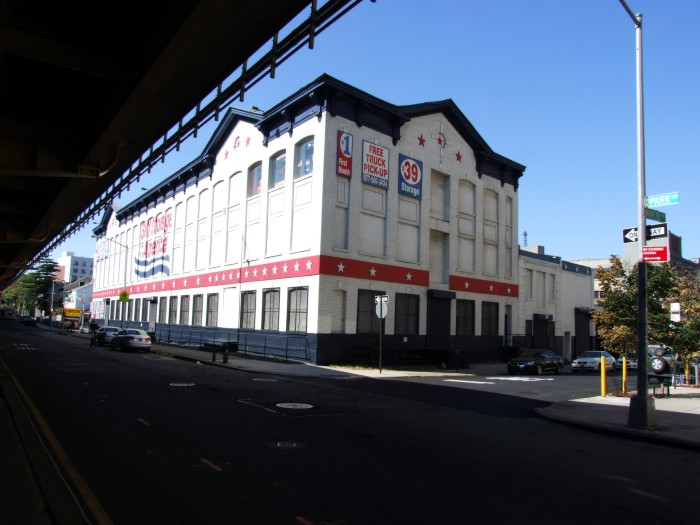

Brooklyn, one building at a time.
Name: Originally Empire Pipe Bending & Supply Company
Address: 235-253 Park Avenue
Cross Streets: Corners of Waverly and Clinton avenues
Neighborhood: Wallabout
Year Built: 1906
Architectural Style: Late 19th century brick factory
Architect: Frank A. Quinby
Other Buildings by Architect: 110 William Street, Manhattan, kitchen and dining room building for the Seaview Hospital Farm on Staten Island, firehouse in Woodhaven, Queens, Brighton Beach Racetrack Clubhouse (demolished) and athletic facilities at Andover Prep School, Mass.
Landmarked: No, but part of a National Register Wallabout Industrial HD, and a greater Wallabout Historic District. Also part of a proposed NYC Wallabout HD.
The story: One of the largest growing industries in this country is self-storage. This building, which spreads across this block of Park Avenue, from Clinton to Waverly, is now brightly festooned in red, white, and blue to attract attention to its services. It’s not the only self-storage place in Wallabout. It appears that many of the former factories and warehouses of this industrial area are now storage companies. The buildings that once employed a significant percentage of Brooklynites and made Brooklyn a manufacturing powerhouse now hold corrugated metal cubicles full of broken Ikea furniture, oversized plastic dollhouses and boxes of records made by now-defunct rock and soul groups. Hey, I’m not knocking it; the buildings are still standing, and I had a storage unit in an old factory building in Brooklyn myself. Complete with aforementioned boxes of LPs.
But long before the red, white and blue paint job, this building was built in 1906 for the Empire Pipe Bending & Supply Company. The three story building, which measures 200 by 65 feet, was designed by architect Frank Quinby, and cost the company $40,000 to build. The pipe company took up only the first floor of the building, and rented the rest out to other companies.
Frank Haviland Quinby lived in Brooklyn, but had his offices in Manhattan, as did many Brooklyn architects. He designed buildings all over the East Coast, and in the city. He designed warehouses and loft buildings, such as the building that is now Soho’s Mondrian Hotel, as well as tall office buildings such as 110 William Street. He also designed at least one firehouse in Queens, and a kitchen and dining hall for the Seaview Hospital Farm on Staten Island.
Coincidentally, he was also a contestant in the Brooklyn Municipal Building fiasco which is the topic of a Walkabout series appearing earlier today on Brownstoner. His other buildings include an athletic facility for Andover Prep School, where he was an alumni and president of the alumni association, and vacation homes in Newport, R.I., and other upscale locations.
The Empire Pipe Bending Company produced wrought iron pipe. An earlier pipe company at this location, the Fifth Wheel Manufacturing and Pipe Bending Company, was here since at least 1899, and may be an earlier incarnation of Empire. They didn’t need the rest of the building, which by 1912 was rented out to two unrelated shoe manufacturing companies.
In September of 1912, a fire broke out on the top floor, at the Lewis A. Stilles Shoe Company, a manufacturer of ladies shoes. The fire spread downstairs to the Manhattan Shoe Trimming Company before it was put out. Empire Pipe only suffered from water damage. The fire almost spread next door to the Rookwood Chocolate Company. It was a miracle the flammable materials in two shoe companies didn’t burn down the entire building and the neighborhood.
Empire’s president was a man named Cary D. Waters. Really. He was from an old Brooklyn family, and had been brought into the pipe business after owning several other manufacturing companies, including the C.J. Tagliabue Manufacturing Co. He would eventually go on to become a director of both Chemical Bank of Brooklyn and the East Brooklyn Savings Bank, and own two other companies. There are about 10 years of ads in the Eagle showing Mr. Waters, listing his home address, and phone number. That would never happen today. In 1936, he became president of the Brooklyn Chamber of Commerce, while still having control of his four companies and holding on to his two bank positions. The man had a lot of energy.
(Photograph: S.Spellen)
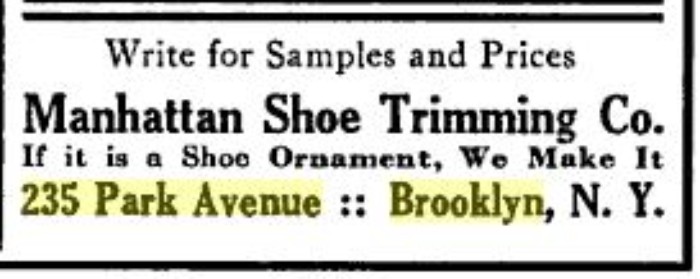
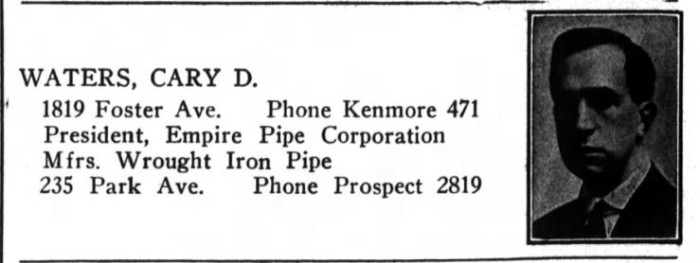
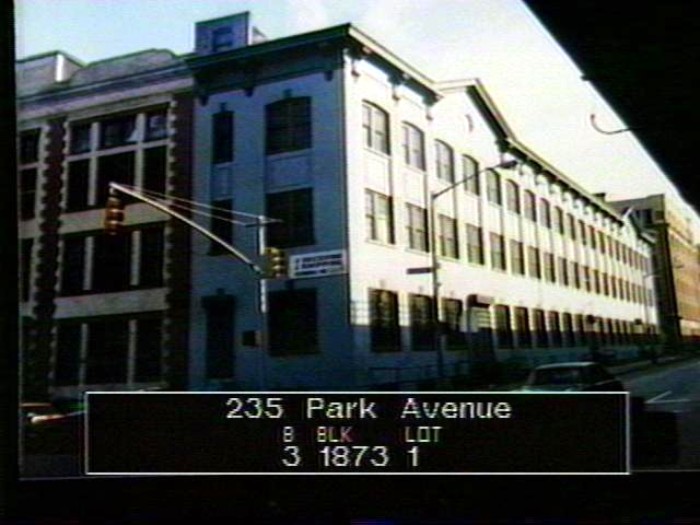
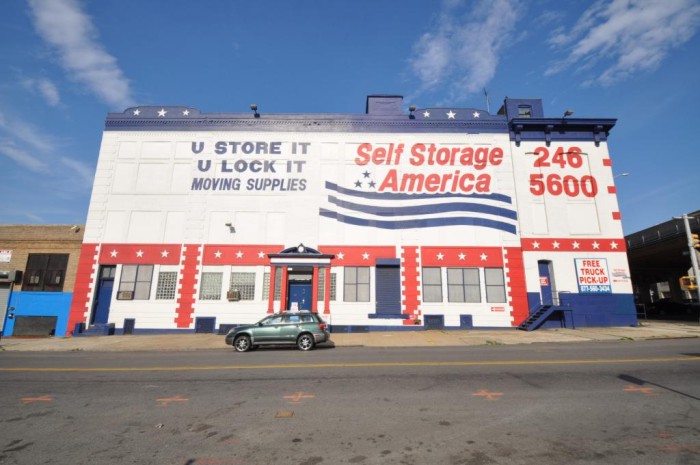


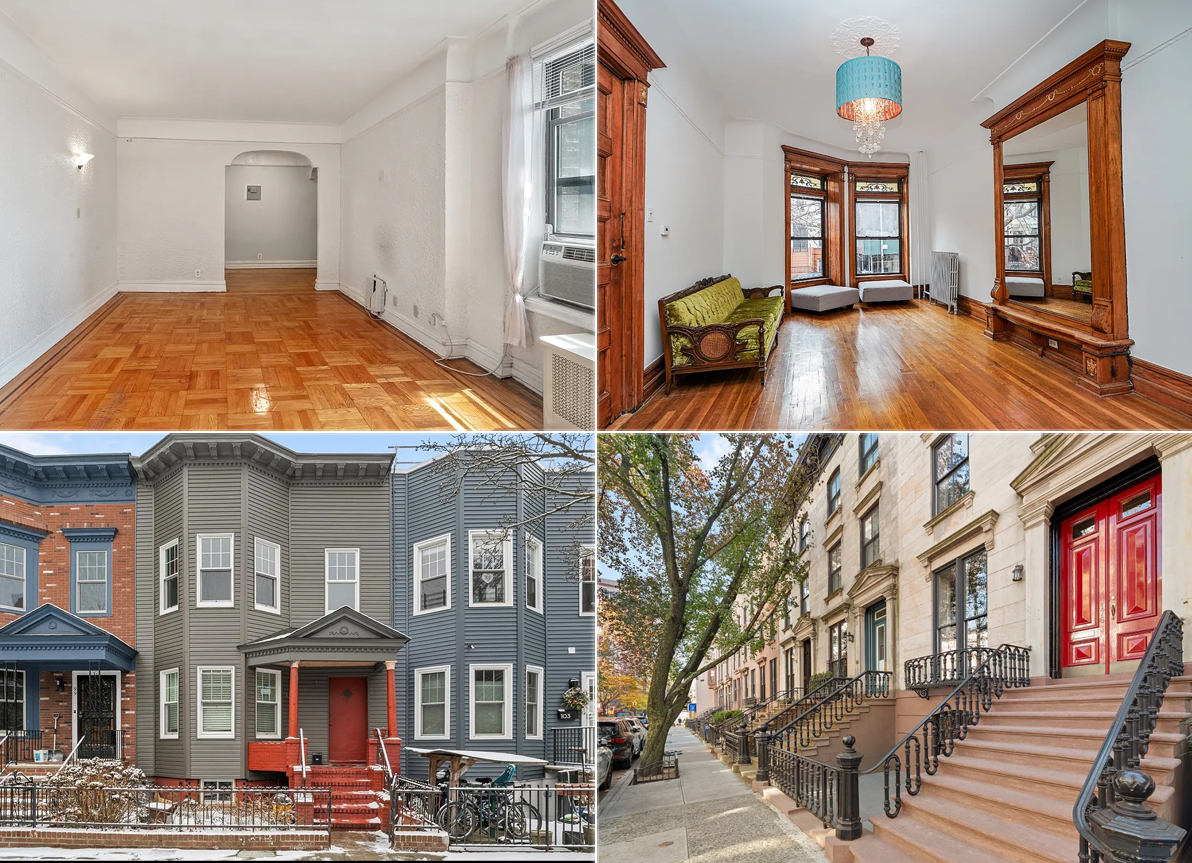
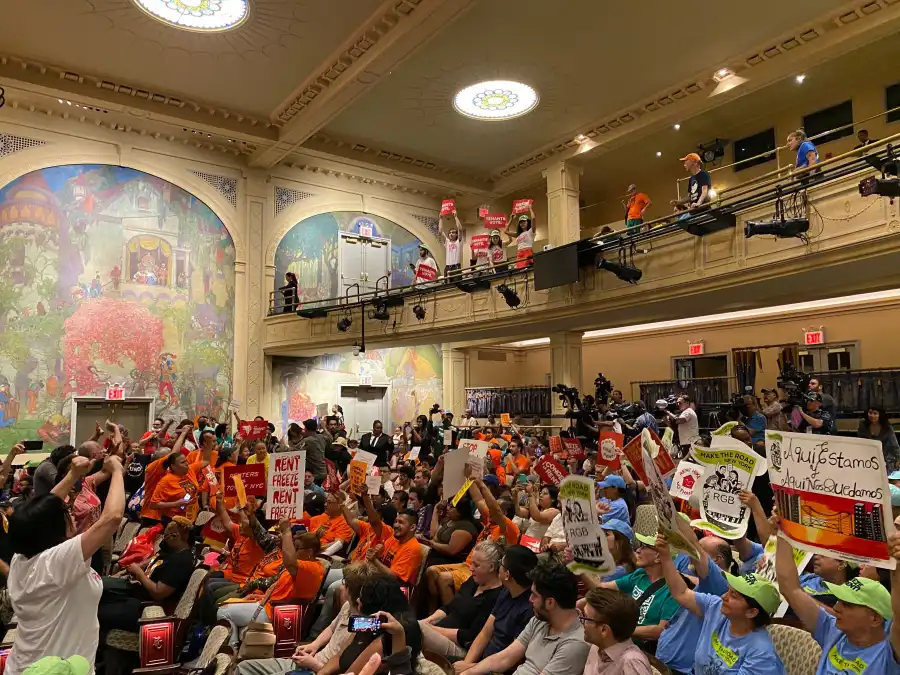
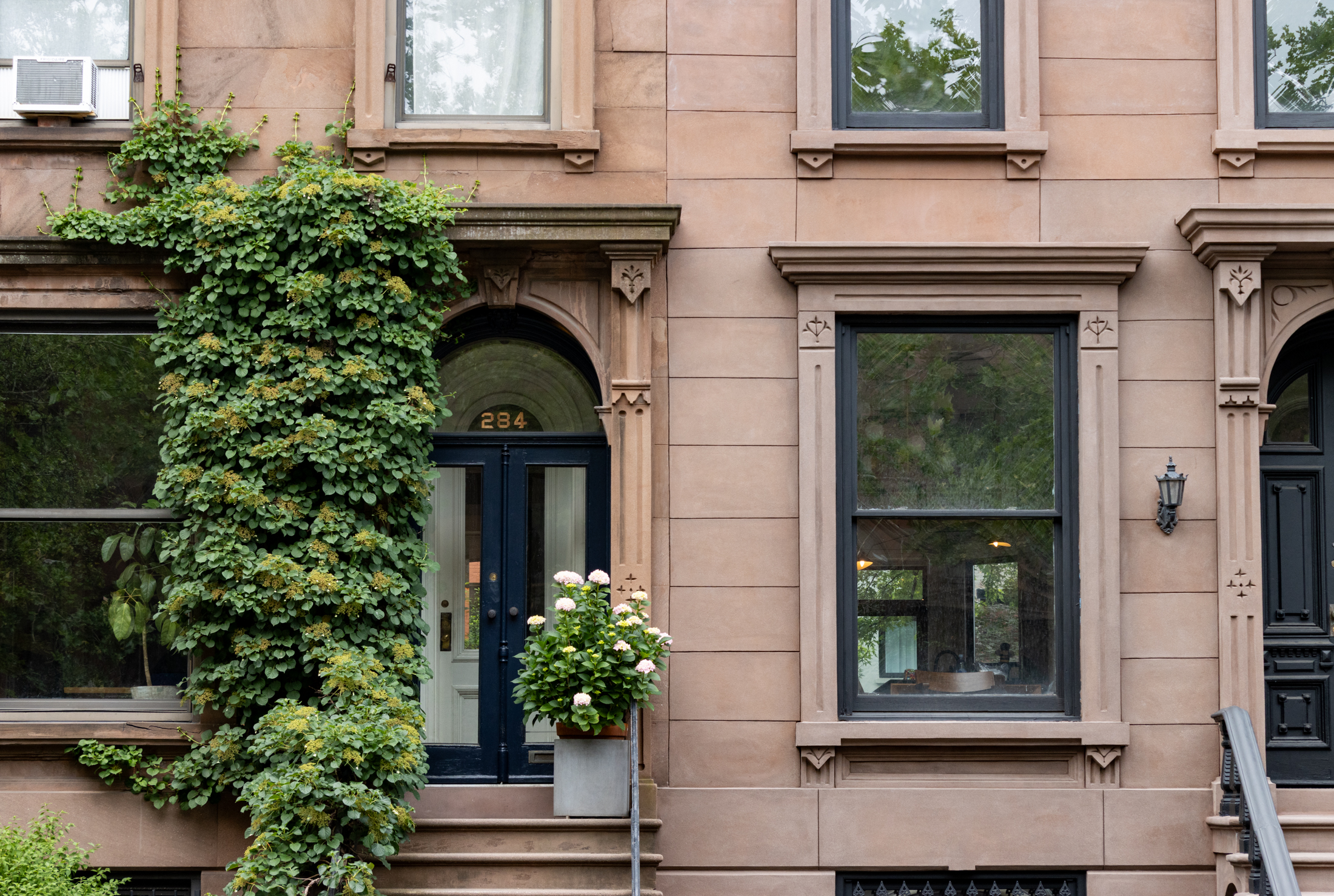
What's Your Take? Leave a Comment